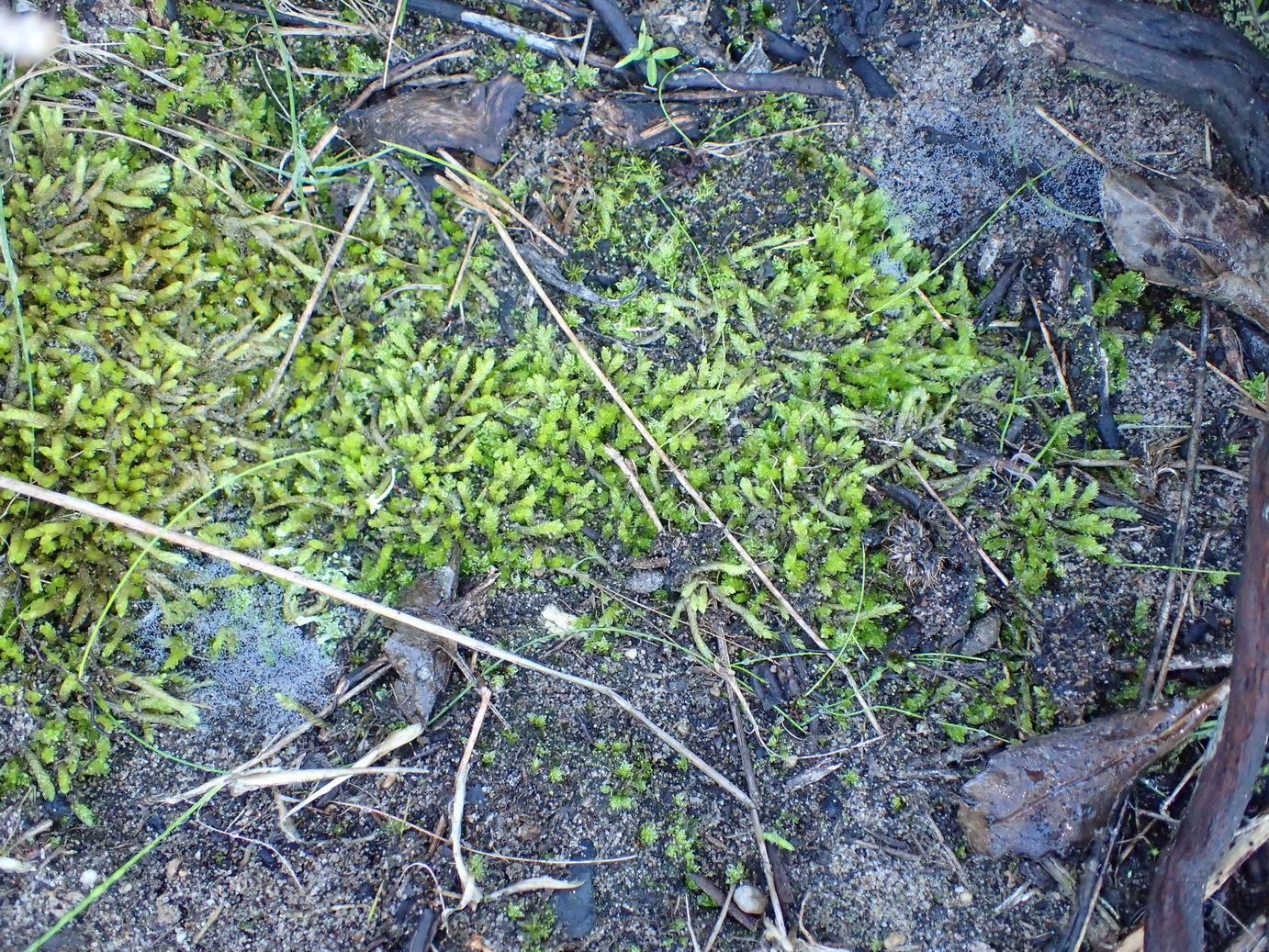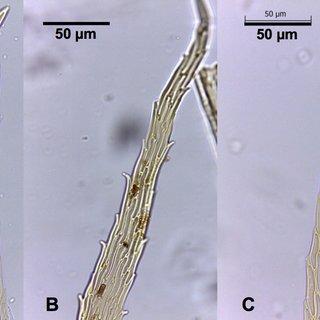
original.jpeg from: https://www.gbif.org/es/species/2673552
Sematophyllum angusticybeum: The Fascinating Moss You’ve Never Heard Of
Introduction
When most people think of plants, they picture towering trees, colorful flowers, or maybe some tasty vegetables. But there’s a whole other world of fascinating flora that often goes unnoticed – the world of mosses. Today we’re going to dive into the details of one particularly interesting moss species: Sematophyllum angusticybeum (Müll.Hal.) Broth., also known simply as Sematophyllum.
Background
Sematophyllum angusticybeum is a species of moss in the

Leaf-apex-differences-between-Sematophyllum-dregei-A-and-B-and-S-gueinzii-C-A-and-B_Q320.jpg from: https://www.researchgate.net/figure/Distribution-map-for-Sematophyllum-dregei-Muell-Hal-Magill_fig4_334452850
Sematophyllaceae family. Mosses are non-vascular plants in the division Bryophyta. Unlike other plants, they lack true roots, stems, and leaves. Instead, they have root-like rhizoids, stem-like structures called seta, and leaf-like structures called phyllids. Mosses reproduce via spores rather than seeds.
Morphology and Identification
S. angusticybeum forms dense mats with a glossy, golden-green appearance. The individual phyllids are small (0.8-1.4 mm long), concave, and have a narrow lanceolate shape that tapers to a fine point. The seta is reddish-brown and 1-2 cm long. Capsules are ovoid and inclined to pendant. Some key characteristics for identification:
| Characteristic | Description |
|---|---|
| Phyllid shape | Lanceolate |
| Phyllid size | 0.8-1.4 mm long |
| Seta color | Reddish-brown |
| Seta length | 1-2 cm |
| Capsule shape | Ovoid |
| Capsule orientation | Inclined to pendant |
Global Distribution and Habitat
This moss has a pantropical distribution, found in tropical regions around the world including Central and South America, Africa, Southeast Asia, and Oceania. It grows on tree trunks, branches, and decaying logs in humid forests from lowlands to mid-elevations. The ability to colonize decaying wood makes it an important part of the forest ecosystem.
Ecological Roles and Adaptations
Like other mosses, S. angusticybeum plays important roles in its forest habitats:
- Helps retain moisture and prevent erosion
- Provides shelter for micro-organisms and small invertebrates
- Aids in nutrient cycling and soil formation as it breaks down
- Pioneer species that colonizes disturbed areas
Its mat-forming growth and ability to absorb water and nutrients directly through its phyllids allow it to thrive in the humid understory of tropical forests. The spores provide a means of long-distance dispersal to colonize new habitats.
Conclusion
Next time you’re walking through a tropical forest, take a closer look – you just might spot the glossy green mats of Sematophyllum angusticybeum. This unassuming little moss is a fascinating example of the diversity and importance of bryophytes in forest ecosystems around the world. What other overlooked wonders are hiding in plain sight, under our very feet?